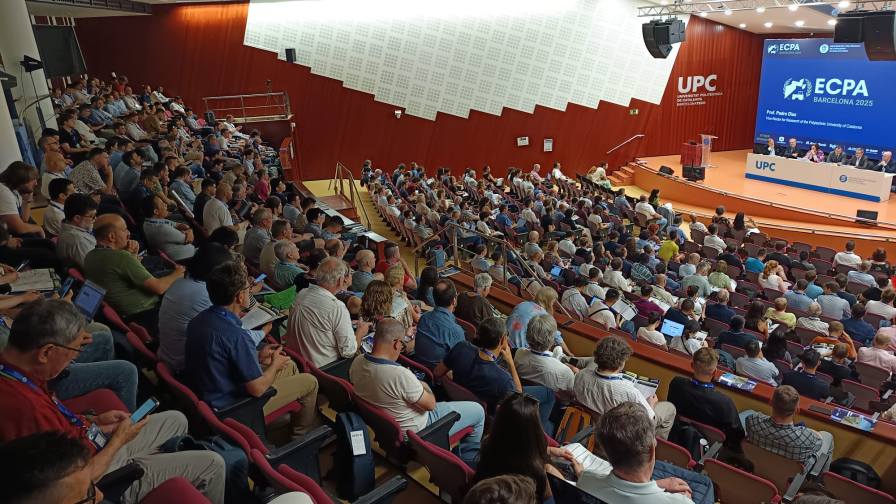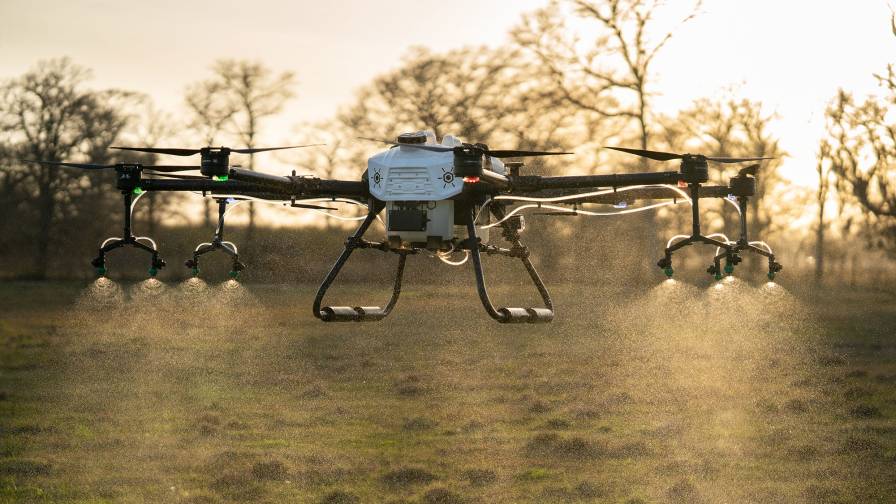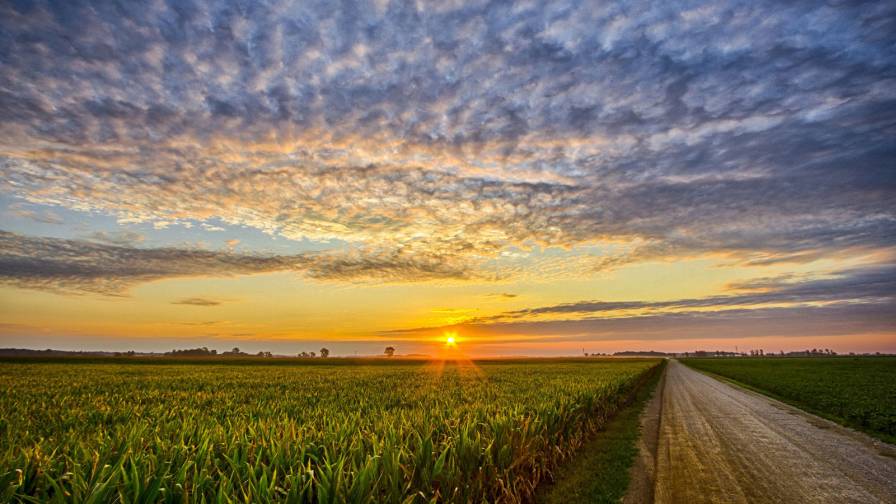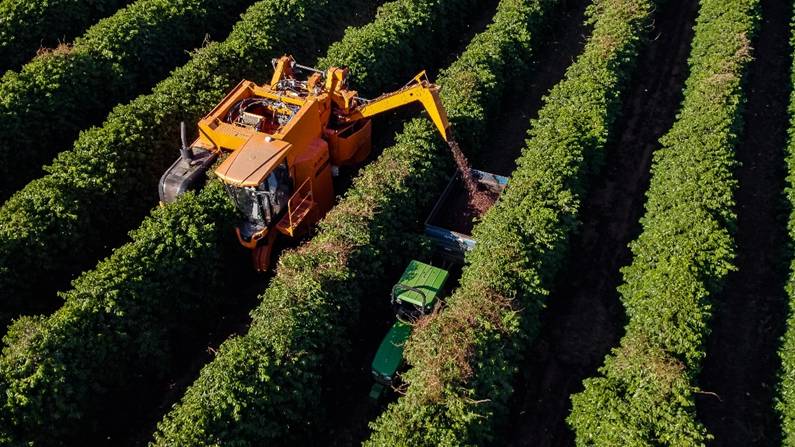From Robot Tractors to Tomato Imaging: What Are the Use Cases of ML and AI in Agriculture?
Most people assume that machine learning (ML) and AI are reserved for very technical industries such as manufacturing and design, where changes and iterations through data analysis can make a big impact. However, as the widespread integration of IoT devices, coupled with AI software, continues, more and more industries are beginning to adopt these technologies — agriculture is one of them.
When the primary objective is to optimize fruit, vegetable, and livestock yields, it’s crucial to understand the intricate factors influencing them. Increasingly, AI helps farmers monitor ever-changing weather patterns, temperature variations, or soil composition. The perception in the industry has now shifted from AI just playing a role in reducing labor costs and boosting productivity to more intricate endeavors and serious pain-point solving.
Farmers have also been forced to seek new solutions due to labor shortages, stricter legislation, a growing population, and a declining number of farmers. In fact, the global total of farmers is expected to drop from 616 million in 2020 to 272 million by the year 2100. Many AI applications within the agriculture sector empower farmers to gain swift, large-scale, and detailed crop insights. Let’s dive into some of the most important AI and ML applications.
Determining soil quality and crop health
Computer vision through ML plays an indispensable role in preserving the vitality and productivity of agriculture. Previously, assessing the growth stages of plants such as wheat was incredibly laborious. This is where computer vision can save time — researchers have been collecting images displaying wheat at varying “heading” stages over multiple years and under distinct lighting conditions. This led to the development of an AI model that surpassed human observations.
An equally harrowing task for farmers is conventional soil evaluation, traditional methodology requiring the extraction of samples followed by time-consuming laboratory analyses. However, a pioneering study explored the potential of training algorithms on image data obtained through an economical handheld microscope. The outcome was remarkable, with the computer vision model proficiently estimating sand content and Soil Organic Matter (SOM) levels, rivaling the precision of costly lab procedures.
Plant disease prediction
Aside from collecting images with AI, it also has the capacity to classify and segment them — revolutionizing the way farmers approach pest and disease control.
Utilizing deep learning-based image recognition technology, which involves techniques such as image classification, detection, and image segmentation, farmers can employ models that effectively monitor and assess the health of plants.
Already botanists were able to train a deep convolutional neural network on images of apple black rot according to four major stages of severity. The alternative to this computer vision would be a labor-intensive human searching and evaluation. However, the AI model in this study was able to successfully identify and diagnose disease severity with an accuracy of over 90%.
Robot tractors and planes
Robot tractors have been in development over the last few years, but we are now seeing them take to fields far more often. These automated tractors harnessing robotics are retrofitted with hardware and an array of cameras and media and communications processors (MCPs). John Deere introduced their fully autonomous tractor in 2022. They have since revised the model with a new technology called Exact Shot, which limits the amount of fertilizer needed when planting by spreading starter fertilizer onto the seeds as soon as they are planted.
In other vehicle advancements, unmanned aerial vehicles (UAVs) equipped with computer vision AI have made it possible to automate spraying pesticides or fertilizer across a field. With real-time recognition of target areas, UAV sprayers are able to operate with high precision with both the quantity of fertilizer and specific locations. This significantly reduces the risk of contaminating crops, humans, animals, and water resources.
Future possibilities
As we look further ahead, farmers could even look to leverage these AI applications on an enterprise software platform, enabling them to visually monitor the current state of crop health remotely in various locations. Real-time alerts generated by AI algorithms could signal a potential undesirable outcome, facilitating more efficient in-person inspections.
While enterprise software may not yet have the capability to directly control a robot tractor beyond automated spraying, as mentioned above, it could play a pivotal role by collecting data from embedded sensors and transmitting maintenance information to farm workers when needed. This not only enhances operational efficiency but also reduces the barrier to entry for new workers, even if the work transitions to operating and maintaining robots rather than planting, tilling, or spraying.
It’s evident that AI is playing a crucial role in addressing numerous challenges in agriculture, from increasing productivity to improving resource management and ensuring sustainable farming practices. Continued investment in AI is only going to help farmers to be more efficient and sustainable as we transition from traditional agricultural practices.










